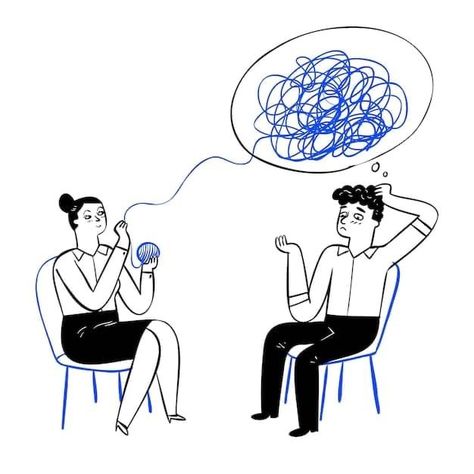
Author: Madeline Weber
The Process of Getting Started
It’s common to wonder: What’s going to happen in my therapy?!
There are many unknowns in the adventure of finding a therapist, regardless of whether or not you have prior experience with therapy or not.
It can be easy to feel unsure and back off from asking for help, simply because it can feel confusing. Hopefully, these uncertainties don’t become barriers to getting the help you need.
This is a step by step guide of what you can expect when you reach out to a therapist or practice, so that you can feel empowered when doing so. After all, this is your choice, and a brave choice at that!
Step by step guide:
Step 1: Look up Practices
There are two things to consider when looking up a Practice: location and theoretical orientation. You can look up a practice that is going to be close to where you live or where you work. This would help with transportation needs or timeliness as you will want to set up your therapy to occur seamlessly with other areas of your life. However, now that there is telehealth, you can also consider outside of your immediate city and look into your state. Mental Health Professionals get licensed by state, and can treat anyone in their state with telehealth. Considering this, you can look into more therapists and consider what style of therapy you would like or what you would need from your therapist. Do you want someone that is Allied with your identities? Do you want someone who has experience treating your specific diagnosis? There are no right answers, and many things to simply consider.
Step 2: Phone Screen
A phone screen is a loose, semi-structured conversation that is used by the therapist to understand what your therapeutic needs and goals are. You will go through a series of questions that include aspects of personal history, diagnoses, and broad goals/reasons for looking into therapy. Most importantly, this is time to communicate what you want from your therapy, even if it is that you are unsure! It can feel intimidating, but try to keep in mind that this is your opening space and you can share as much or little information that you feel comfortable with.
Step 3: Documentation
After the phone screen, you can take as much time as needed to determine if you want to proceed. If you continue, you will likely receive documents that will need to be filled out in advance of the appointment (between 24 -72 hours before). These can include consent documents, confidentiality agreements, payment agreements, and personal history forms. These can feel tedious and overwhelming, AND do your best to fill them out to your ability. This is the beginning of your healing and reflection can be the first step in the therapeutic process.
Step 4: Intake
Now you have completed your paperwork and it is time for your first appointment. When preparing for your first appointment, use foundational self care skills. Drink water, and have a meal prior to the session so that you can enter with a foundation of feeling grounded and mindful.